01. Definition
Solutions to water scarcity
Tackling Water Scarcity: Understanding the Challenges and Solutions
Water scarcity is not just an environmental issue; it’s a global crisis impacting millions of lives daily. As the demand for water continues to outstrip supply, the effects are being felt from the smallest communities to the largest cities. It’s a challenge.
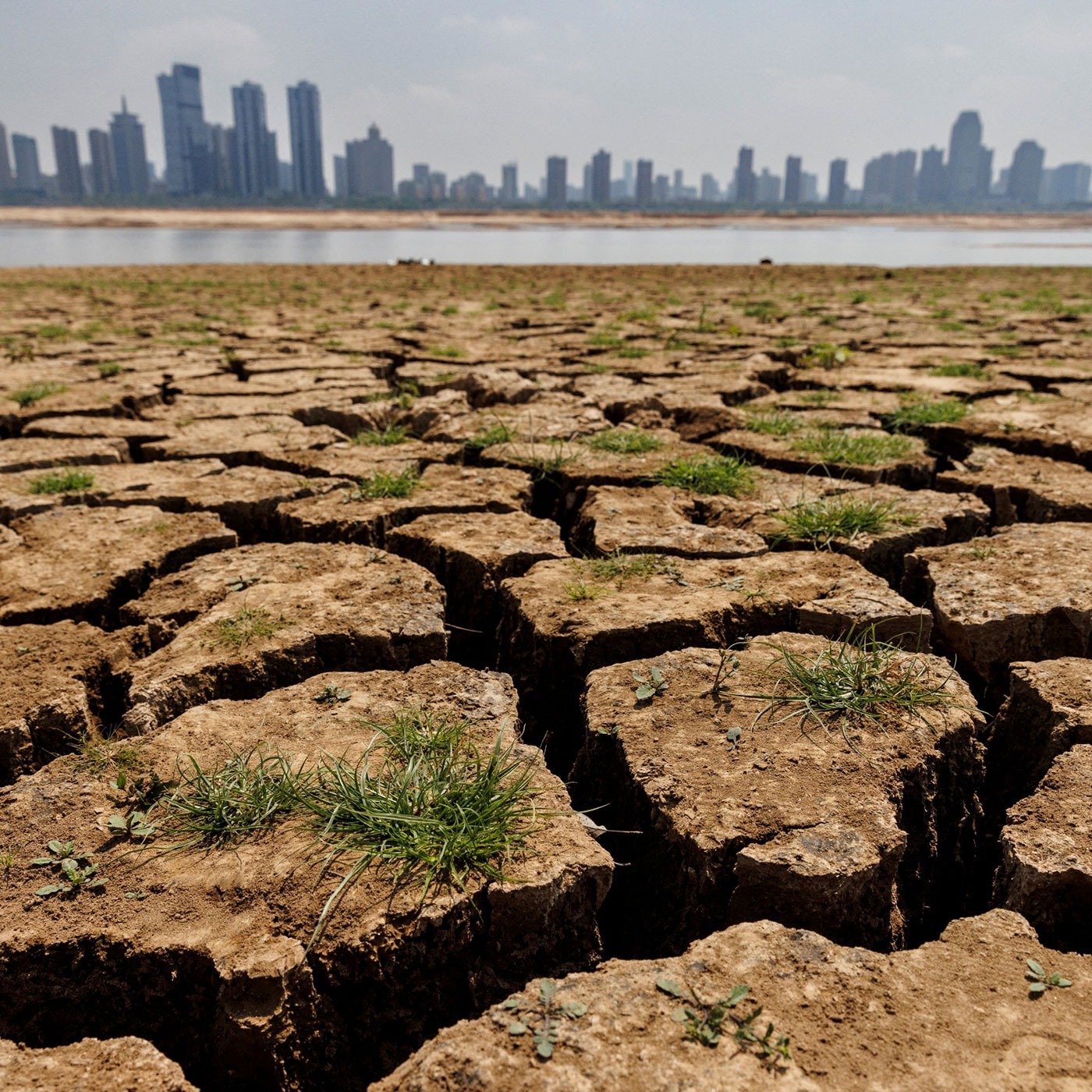

02. Causes
The Root Causes of Water Scarcity
- Climate Change: Altered weather patterns, reduced glacial runoff, and more frequent droughts are making water less predictable and harder to manage.
- Growing Population: As the global population swells, so too does the demand for water, putting immense pressure on already stressed resources.
- Inefficient Water Management: Poorly managed water systems, from leaky infrastructure to wasteful agricultural practices, exacerbate the scarcity problem.
- Pollution: Contaminated water sources further limit the availability of safe drinking water, adding another layer of complexity to the issue.

03. Impacts
The Far-Reaching Impacts
- Health Risks: Without access to clean water, diseases like cholera and typhoid thrive, particularly in regions already struggling with poverty.
- Threat to Food Security:Agriculture, which consumes the majority of the world’s freshwater, is hit hard by water shortages, leading to reduced crop yields and higher food prices.
- Economic Disruption: Industries reliant on water face production challenges, potentially leading to job losses and economic instability.
- Social and Political Tensions: When water is scarce, competition can lead to conflicts, both within and between nations.

04. Solutions
Water scarcity solutions
05. Implementations
Success Stories
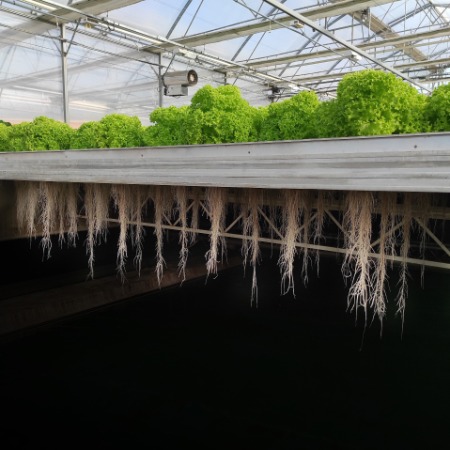
GREENOVA by CleanGreens Solutions SA implemented by Domaine Mattines in Perly (Switzerland) in 2020

GREENOVA by CleanGreens Solutions SA implemented by Green Life Co in Adbali (Kuwait) in 2023
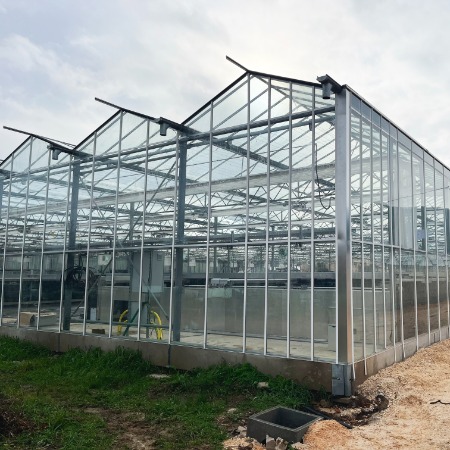
GREENOVA by CleanGreens Solutions SA implemented by MidiFlore in Hyéres (France) in 2024
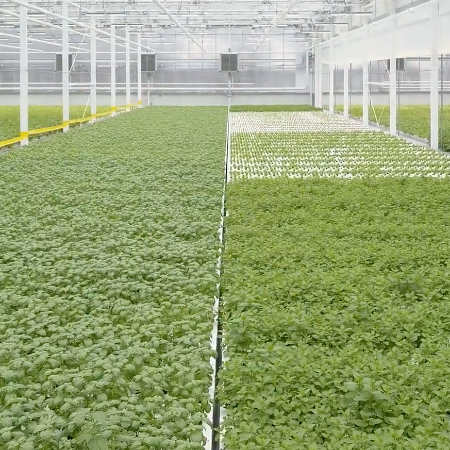
GREENOVA by CleanGreens Solutions SA implemented by Les Crudettes in Châteauneuf-sur-Loire (France) in 2022

OASIS: Multimodal Hydroactive System by Le Prieuré Vegetal i.D. implemented by L'École nationale supérieure d'art et de design in Nancy (France) in 2015

OSMOSUN by OSMOSUN implemented by Island of Santiago in Island of Santiago (Cape Verde) in 2021
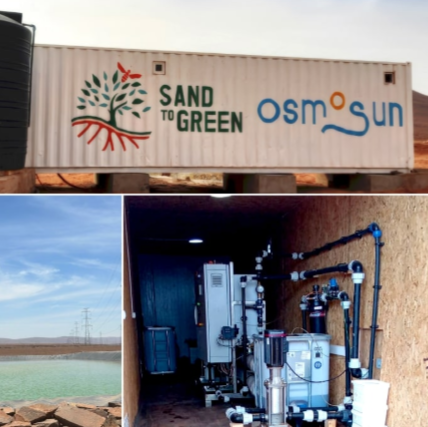
OSMOSUN by OSMOSUN implemented by Sand to Green in the Guelmim-Oued Noun region (Morocco) in 2024

The SunAir Fountain® by AGUA DE SOL implemented by 2D Water in Marrakesh (Morocco) in 2024

CUBàO by Quadrilater implemented by Buros town hall in Gelos (France) in 2023

CUBàO by Quadrilater implemented by Lagor town hall in Lagor (France) in 2022

CUBàO by Quadrilater implemented by Pyrénées-Atlantiques Departmental Council in Gourette (France) in 2022

CUBàO by Quadrilater implemented by Buros town hall in Buros (France) in 2024

Shayp by Shayp implemented by Professional High School Le Balcon des Ardennes in Saint-Laurent (France) in 2021

Turnkey vertical farms by Futura Gaïa implemented by Les Halles Mandar in Tarascon (France) in 2021

Elemental Water Source by Elemental Water Makers implemented by Save the Children in Hafun (Somalia) in 2023

EF Polymer Private Limited by EF Polymer Private Limited implemented by Devi Singh Bhati in Jaisalmer (India) in 2025

06. Challenges
Overcoming the Challenges
- Financial Barriers: Many regions struggle with the funding needed to upgrade water infrastructure and implement new technologies.
- Political Hurdles: Effective water management requires strong political will, which can be hard to come by in areas of instability.
- Cultural Resistance: Sometimes, traditional practices and beliefs can slow the adoption of new water-saving technologies.
- Unpredictable Climate: As climate patterns continue to shift, planning for water management becomes increasingly complex.

07. Conclusion








